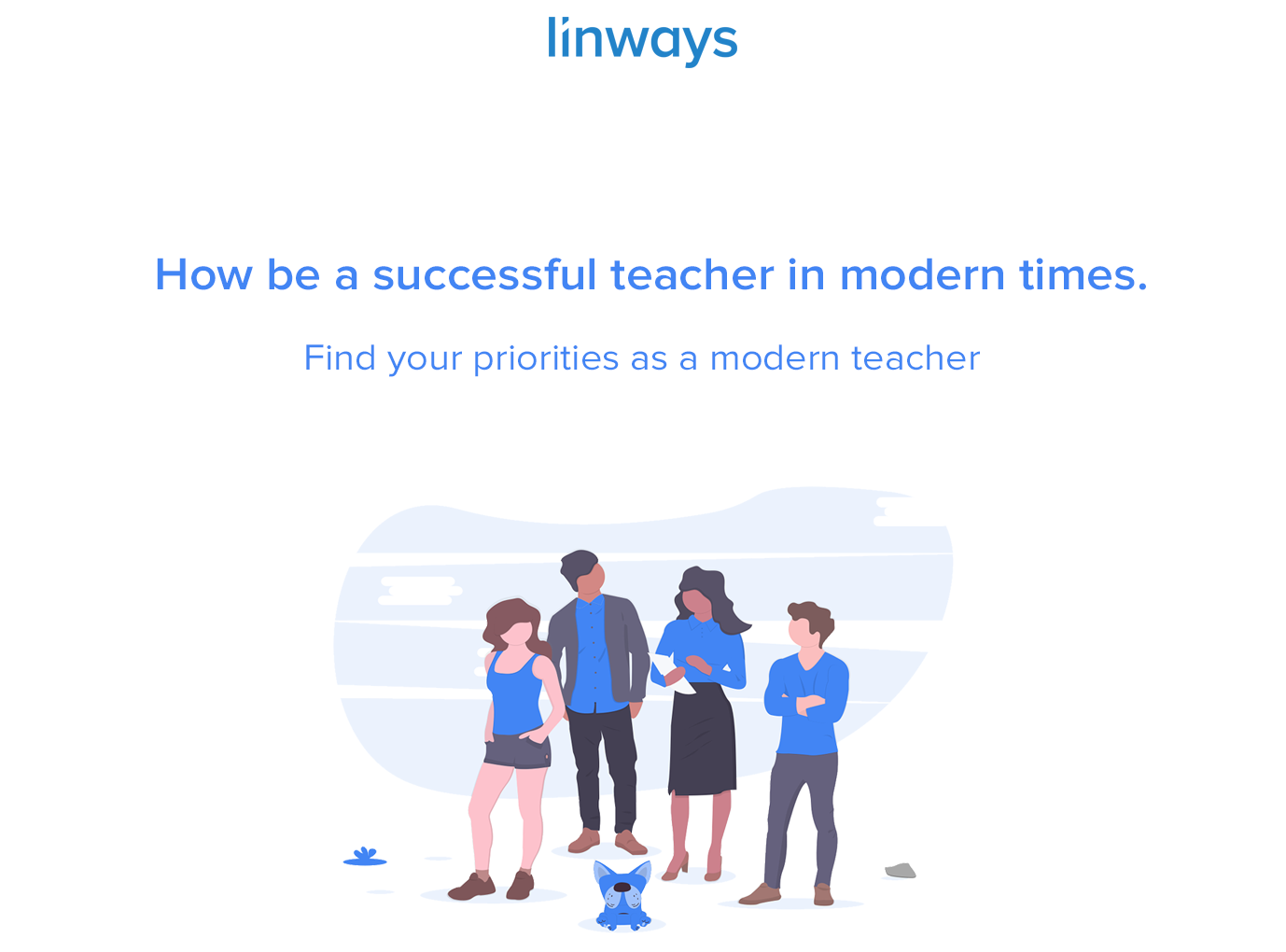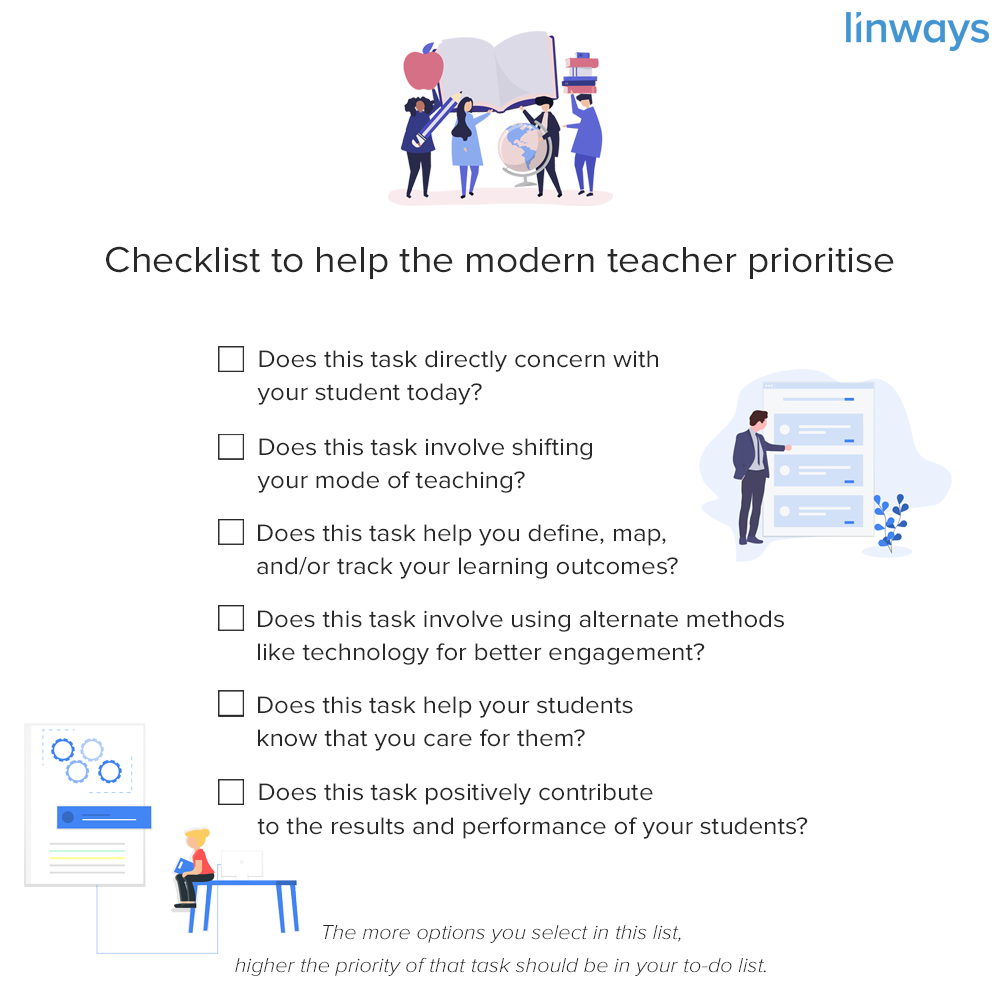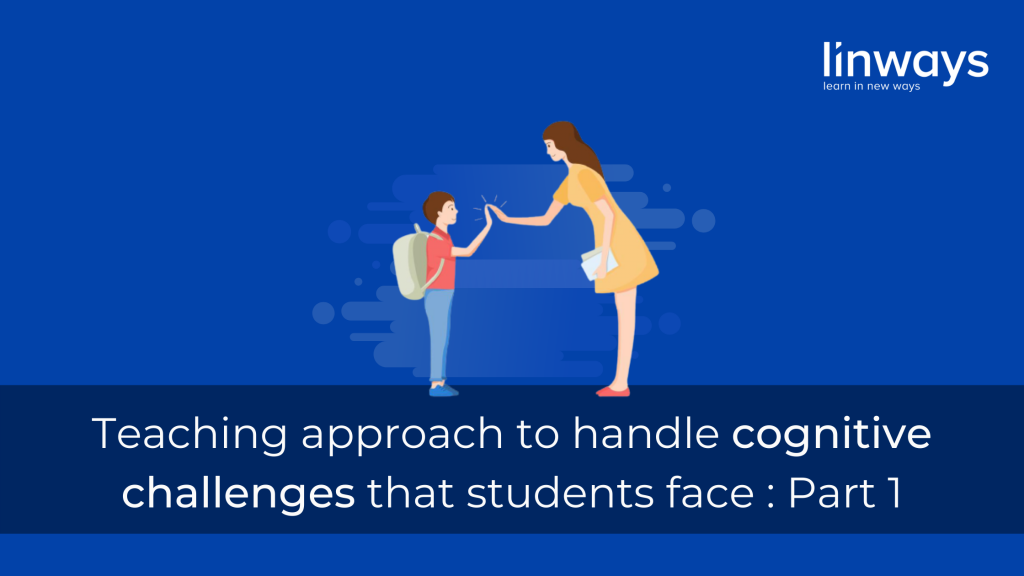
Teachers have a lot to do. Designing lesson plans, creating and handling reports, question papers, marklists etc, connecting with students and parents, and addressing their concerns.. The list goes on.
But every now and then, all teachers ask themselves the same question: “How should I be spending my time as a teacher?”, “How should I prioritise my tasks?”
In the context of changing demographics, the modern teacher should deliver more than mere results to stay relevant. Efficiency of a teacher is measured in values and purpose today. So to help you prioritise your actions and teaching techniques, we have curated some proven crafts that will help you succeed as a teacher for the 21st century generation. Follow these to stay focused and ensure best results from both inside and outside the classroom. There’s also a checklist at the end to help you organise priorities based on these.
How you teach matter more than what you teach
Don’t be afraid to share your passion and enthusiasm about the topic you teach with your students. If they realise that you are serious about this, they will listen. Contrary to what many teachers believe, students can often call a bluff when you are being over excited and trying too hard.
Sharing your passions with your students also open up room for conversations and building connections. There’s nothing wrong with them seeing you as a person. It’s also a great way to keep the focus on you and eliminate distractions.
Set expectations and results
You should try and master interacting with your students. Bring order amongst the chaos and communicate efficiently that you students instantly understands you. You should have the control and don’t be hesitant to exert it. On the other hand, don’t be too strict also. You should be approachable and fair for your students to trust you.
Set clear expectations and results you want to achieve. When you are planning your syllabus, draw out clear achievable outcomes and share them with your students. This will help them understand what you do and why you do it. Your lesson plan and outcomes should include details like classroom design, mode of instruction, technology used, and how engaged your students would be during teaching it.
Technology is good
Not all technology is a bad influence. In fact there are no bad technology. It’s only as good or bad as the person using it. Make use of modern communication methods and social media platforms to let them know that you are there for them. Tell them they could text you when they have a doubt. Create a class-group in a popular social media platform to post updates on upcoming assignments and exams; you will the cool teacher they all love.
Care about your students and don’t be afraid to show it.
We don’t want to tell you to care genuinely about your students. Every teacher does. But where most of them go wrong is when it comes to expressing it. There’s no matter how much you care, if your students doesn’t realise it, they will never reciprocate. Spare a few minutes everyday to bond with them over topics that interests them. Like their favourite football teams or a newly released movie which they liked. This will let them view you as one of their own and share more.
Caring is not all about talking either. Help your struggling students to succeed, forgive honest mistakes, give second chances. Schools and colleges are about learning and not about getting it right the first time, or performing as good as everyone else. Provide opportunities for your students and congratulate them when they perform well.
Follow these principles to develop a teaching style that your students will love. Remember, great teachers are never an accident. They work smart and try various methods like these to find a suitable style that resonates with them the most. No teacher can be good at everything. But with a little effort and lot of thinking, we can all be better than we ever thought we could be.

Before you take that daring step to experiment with your teaching style, or if you are too afraid to change the way you teach for the fear of failure, give this checklist a go. It will help you develop a better style of teaching and be grounded so that you don’t lose focus.
If you are interested in reading about the future of teaching and education, we would recommend a few of our earlier blogs on the same. You can find the links below.
- What does it mean to be a teacher in higher education for the next decade
- 7 powerful shifts towards the future of learning that is changing education as we speak
Also published on Medium.




